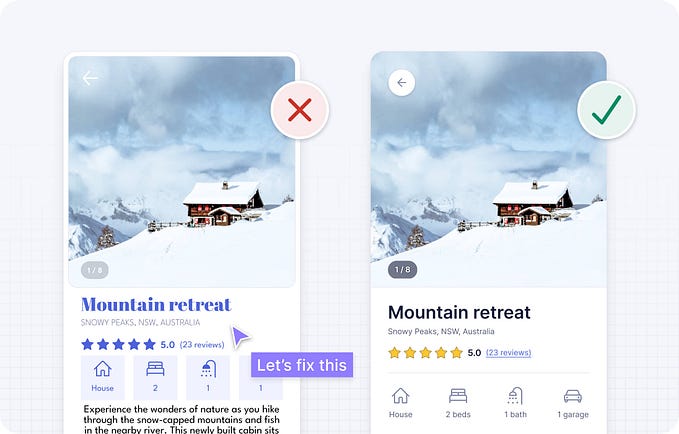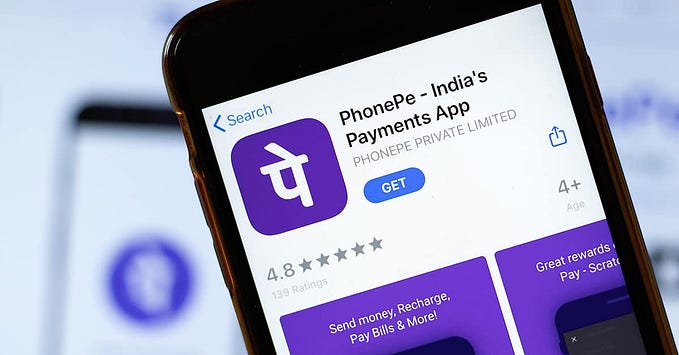The Design of Habit-forming products
The opening line of “Hooked: How to Build Habit-Forming Products” got me hooked to the book. It said, “Seventy-nine percent of smartphone owners check their devices within fifteen minutes of waking up”. There is something about Cognitive psychology that the businesses out there want to strike in order to get their users HOOKED. This read will delve into some analysis done by Nir Eyal in his critical work as well as some personal observations revolving around the same.

Before we understand this psychological market and product development, the question is…
What is a Habit? What is a Habit Zone?
“Behaviours done with little or no conscious thought.”
Little do we realize that the majority of the products around us leverage these habits of ours to form the basis of their design and user experience. If this raises a question mark in your head, try shifting to any search engine other than Google(for eg. Bing) or any video sharing platform other than Youtube(can’t even think of an alternative). Trust me, you’re already HOOKED and you’re in such a comfortable Habit Zone that migration will be hard.
Habits/Behaviors are usually LIFO: Last in First out i.e. the most recently acquired habit is more likely to fade away earlier. However, the flipside of the same is, once acquired, these same habits keep the users loyal. To give an example, the QWERTY keyboard was designed to prevent jamming of mechanical keyboards, however, it became ubiquitous because most of the people adapted to touch type this keyboard originally meant for Latin-script alphabets. In short, people got HOOKED.
Nir Eyal describes the process of building a habit-driven strategy as the Hook Model.

Trigger
New habits need a foundation upon which to build. Triggers provide the basis for sustained behavior change and are the actuator of behavior.
External triggers directly communicate the next action to be undertaken by the user. These triggers could be :
- Paid triggers in the form of paid advertisements, marketing, etc.
- Earned triggers which are acquired as a result of some investment from the user’s end.
- Relationship triggers like Word of Mouth or recommendations.
- Owned triggers including subscribed newsletters or channels which prompt repeatedly until the habit formation.
Google Pay, a payment app, operates on the above-mentioned triggers. It exploits relationship triggers by rewarding some amount for any new referrals joining the app. On the first payment of the newly invited user, both parties receive the reward in their wallets. This earned trigger, in turn, drives to make more payments in the desire for more awards.

Internal Triggers, however, manifest out of feelings, emotions, or thoughts. Fear Of Missing Out(FOMO) or boredom attracts you towards social media platforms. With Facebook acquiring Instagram, it allowed its users to share Instagram’s shots on Facebook which prompts other people in the network to open/download the app. Eventually, these emotions shape up into habits to continuously check up on these apps.
Action
“ To initiate action, doing must be easier than thinking. “
The trigger apprises the user of the next steps, however, without the action, the trigger remains futile. The three pieces of the puzzle that comprise the initiation of the action are Motivation, Ability, and Simplicity.
The slogans as a part of brand identity are very important to establish a connection with the customer base. This helps in aligning their views with the brand’s vision and hence motivating them to take an action.

The other aspect is the ability or capacity to take action with minimal efforts and steps. While Uber believes in the idea of “Everyone’s private driver”, the action of booking a cab really depends on how simple the overall feel of the application is, to be able to adopted by a larger audience.
The last piece is simplicity, which depends on the time, money, physical effort, and social deviance required by the process. The websites providing OAuth with the ability to login with Google or Facebook profiles are based on the same foundation of lesser effort. Tweeting, Snapping and Instagramming is the new trend since it requires minimal efforts yet allows broadcasting of information in your network. With the same idea, it began the advent of the 24-hour stories concept on these platforms so that users can post “not-so-serious” content on their profiles without thinking too much.
Other than these facets of the concept, there are certain heuristics that result in actions.
- Scarcity Effect: Taglines like “Only 9 left” or “Offer valid till stocks last” often tempt us to take actions.
- Framing Effect: Perceptions of certain objects by connecting them to monetary value, notability, appearance, or eminence affects our decisions.
- Anchoring Effect: “Sale up to 70%” or “Clearance Sale” has a major influence on our decisions.
- Endowed Progress Effect: Applications that provide a progress report towards our effort incline us towards completing the task quicker.

Variable Rewards
To keep the users engaged and build upon their habits, products need to reinforce the motivation of indulging in the form of rewards. The alleviated cravings for rewards keep the user hooked to the product. The rewards can belong to any of the three categories given below.

- Rewards of the Tribe: These are also known as social rewards, which are driven by connections with other people. These could be in the form of likes, comments, retweets, shoutouts, followers, or shares which results in feelings of acceptance, importance, and being liked which we seek from the community.
- Rewards of the Hunt: They are acquired as a result of engagement to the product in order to seek some information, similar to the hunting of food. This is how we find ourselves in an endless loop of binging Youtube videos even though we started off with a random link. Social media often leverages the recommendation systems to keep us involved in the constant urge to find something new. Many products, like Pinterest, Instagram, Unsplash, use masonry grids to keep the user intrigued and craving for more. Since the bottom-most images are not fully visible, we find ourselves scrolling in the hope of finding something new.

- Rewards of the Self: This is a result of one’s own efforts and intrinsic motivation to gain a competitive edge towards others. Most products gamify the process to create an analysis of the profile to drive the users to indulge themselves furthermore. Codechef, which is a competitive programming website, associated your performance on the basis of ratings categorized in different divisions. These ratings drive the users to work more and more in order to ace the ongoing race.
Investment
The last element of the Hook Model, Investment, is the effort or commitment the user has put into the product which the businesses take advantage of to keep their customers devoted. Every individual values their own effort, also known as the IKEA effect. While we may perceive an abstract art as random splashes of paint, it may be sold for thousands of dollars to a true admirer of art.
Similarly, our efforts, either small or huge, are of utmost importance to us. We tend to feel inclined towards a certain product because of the commitment and investment we have given to the same. This could be in the form of old email threads in Gmail, earned followers on Twitter or Instagram, or even saved memories on Facebook or Snapchat. This storing value and habit dependency often prevents the customer from abandoning the platform. Hence, you have been unknowingly influenced to be dependent on and HOOKED to the product.
While this was an overall idea behind what goes into the design of such habit-forming products, it is very essential to gauge the specific customer base and workflow in order to identify load the next trigger. To keep the users HOOKED and engaged, it is essential to continuously brainstorm and adapt to the changing trends. To dig deeper into this context, do give this book a read.








